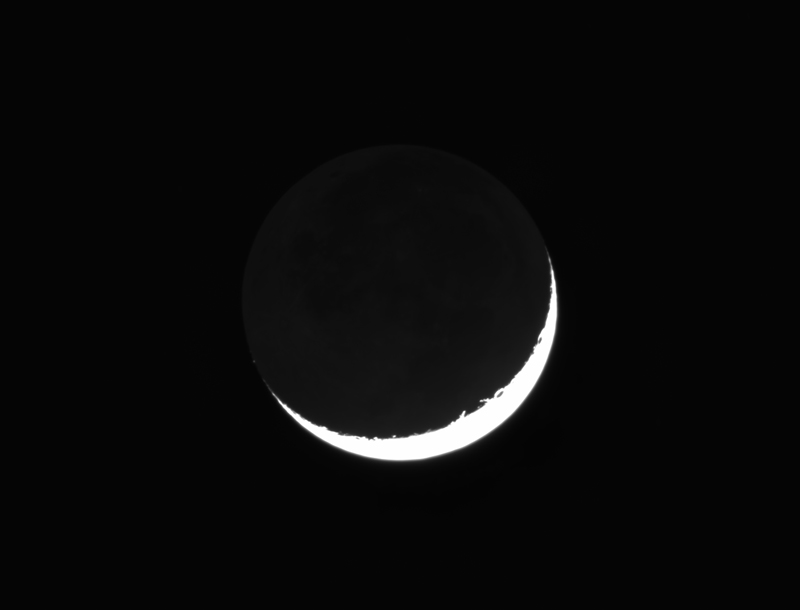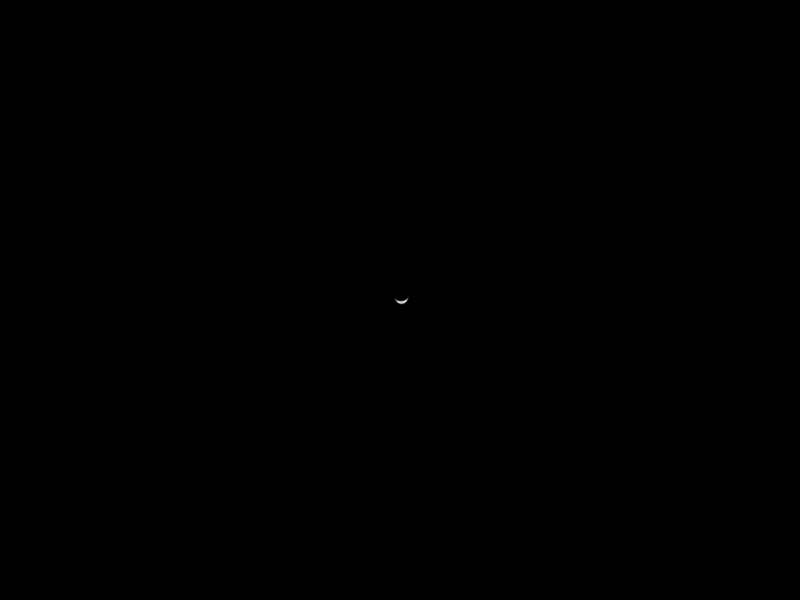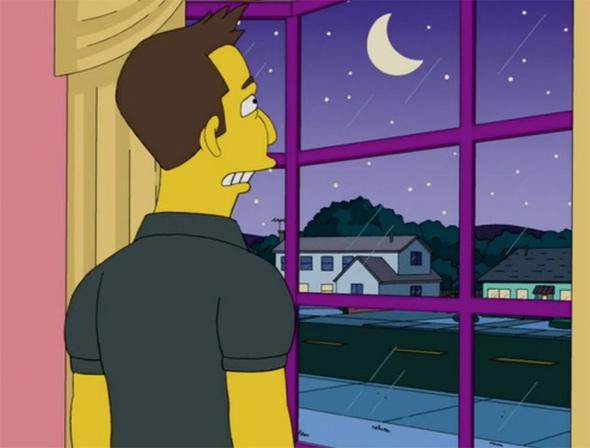what's missing from my previous crescent moon image is this:
no, earthshine is not a drink served at california dispensaries.
Earthshine is a glow which lights up the unlit part of the Moon because the Sun’s light reflects off the Earth's surface and back onto the Moon, best seen during the crescent moon. It is also sometimes called the old Moon in the new Moon's arms (or vice versa), or the Da Vinci glow, after Leonardo da Vinci, who explained the phenomenon for the first time in recorded history.
yes, i know this lies far in the realm of cub scout merit badges, but i was reminded of it when i tried to cut and paste an image of the first quarter moon for the eclipse test/comparison and could not define the edge of the moon. i had to eyeball it by empirically fitting a circle to the part that was visible.
when the moon is a thin crescent, it means the moon is almost directly between the earth and the moon, so the part of the moon lit by the sun is mostly facing away from us, while the dark side faces us. now from the lunar point of view, the earth is almost directly opposite the sun, so all the reflected light of the earth lights up the night sky (a full earth). this light brightens the surface of the moon just as a full moon lights our nights, the "earthlight" makes the dark surface of the moon easier for us to see.
in an odd twist, astronomers have used earthshine to detect life on earth, testing a technique that could potentially be used to detect life on other planets.
while shooting this image, i turned my low power imaging rig on the "dusk star", the bright star visible at sunset this month:
caught a tiny crescent venus, matching the moon.
Technical notes:
web cam, DMK 51 and the tiny tak, Takahashi FS-60C, 60 mm aperture at f/4.2 with a reducer. The field of view is approximately 96x72 arc minutes. Each image is a one minute video capture at approximately 12 fps, aligned in autostakkert, wavelets in registax.
Try increasing gamma if dark sections aren't distinguished
Tuesday, March 7, 2017
Sunday, February 26, 2017
crescent moon, hollywood style
What's wrong with this picture (click for full size)?
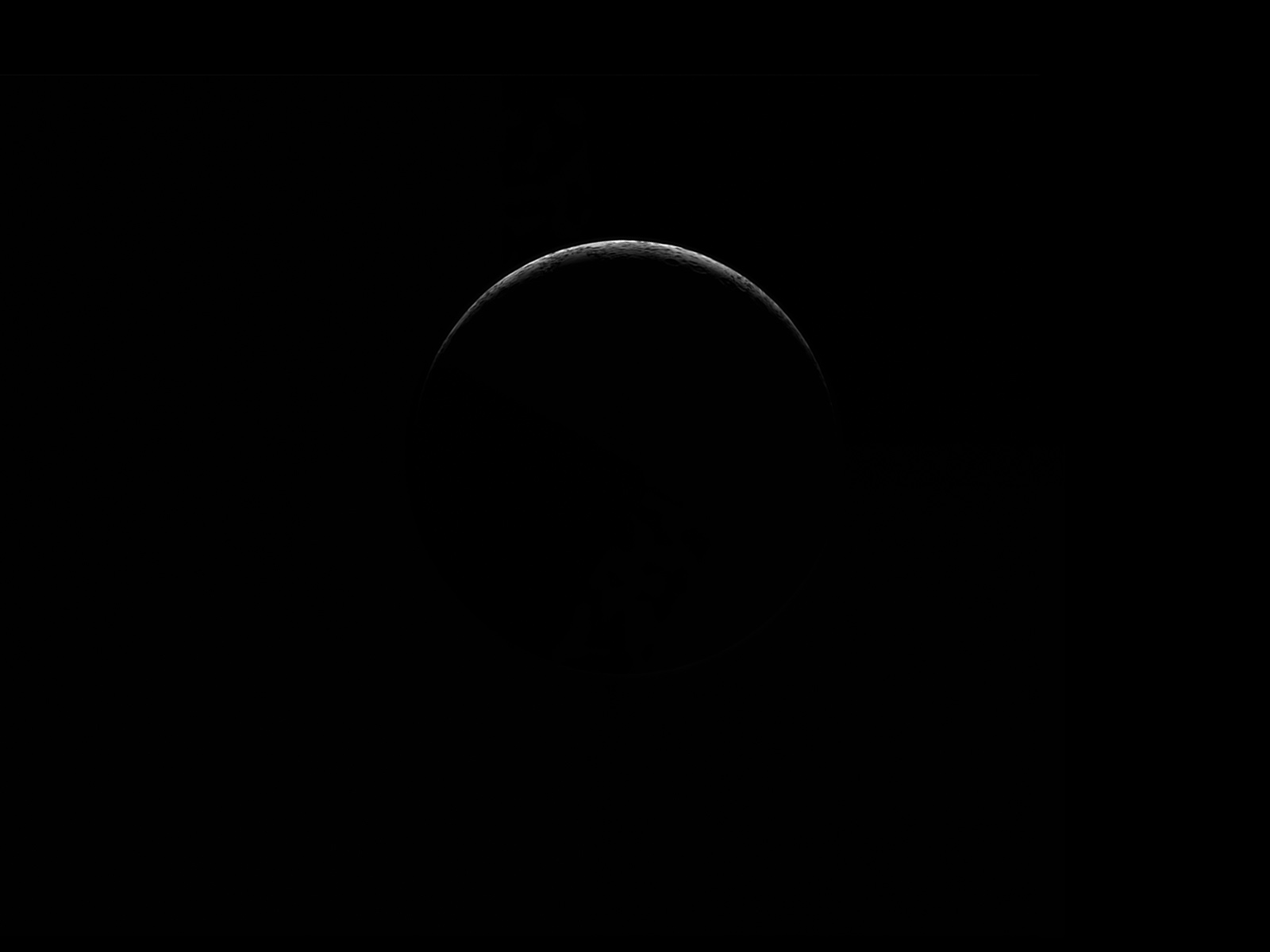
nothing really, except that the crescent is facing the wrong way.
though few people can say which way the crescent moon should be facing
they have a visceral feeling that this isn't right.
when the moon is a thin crescent, it means that the sun is illuminating the side which is not facing us, so the moon has to appear very close to the sun in the sky: the crescent moon is seen just after sunset or just before sunrise, with the crescent facing down at the sun below the horizon (tips pointing up). in the northern hemisphere it points down and to the right at sunset (looking west with sun setting in the southwest).
you morning people may know that the crescent lies down and to the left in the east.
it's the opposite in the southern hemisphere.
OK that was really confusing
here's a better description.
for bad astronomy blogger Phil Plait, this knowledge turned his world upside down

nothing really, except that the crescent is facing the wrong way.
though few people can say which way the crescent moon should be facing
they have a visceral feeling that this isn't right.
when the moon is a thin crescent, it means that the sun is illuminating the side which is not facing us, so the moon has to appear very close to the sun in the sky: the crescent moon is seen just after sunset or just before sunrise, with the crescent facing down at the sun below the horizon (tips pointing up). in the northern hemisphere it points down and to the right at sunset (looking west with sun setting in the southwest).
you morning people may know that the crescent lies down and to the left in the east.
it's the opposite in the southern hemisphere.
OK that was really confusing
here's a better description.
for bad astronomy blogger Phil Plait, this knowledge turned his world upside down
DOH!
he concluded that springfield must actually be in the southern hemisphere based on this scene from the elon musk episode of the simpsons.
the only way the crescent can be on the top of the moon is if you're standing on your head, or in outer space where up and down doesn't matter. or perhaps some strange partial lunar eclipse.
i chose this orientation as the unnatural rotation gives it a spacey feel
kubrick was well aware of this:
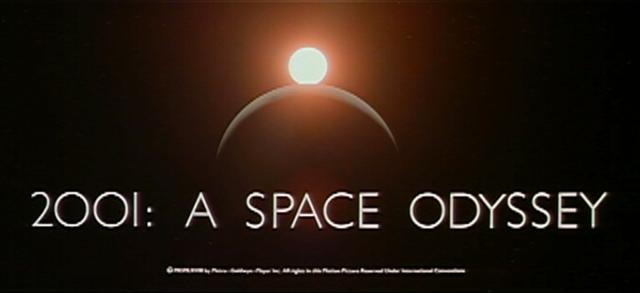
by the way, here's one of the most over-the-top analyses of a movie i've ever seen
tons of fun
but for the clouds you may see the crescent moon in the next few nights
take a look and see what's missing from my image
to be continued...
-bill w
Technical notes:
web cam, DMK 51 and the tiny tak, Takahashi FS-60C, 60 mm aperture at f/4.2 with a reducer. The field of view is approximately 96x72 arc minutes. Each image is a one minute video capture at approximately 12 fps, aligned in autostakkert, wavelets in registax.
he concluded that springfield must actually be in the southern hemisphere based on this scene from the elon musk episode of the simpsons.
the only way the crescent can be on the top of the moon is if you're standing on your head, or in outer space where up and down doesn't matter. or perhaps some strange partial lunar eclipse.
i chose this orientation as the unnatural rotation gives it a spacey feel
kubrick was well aware of this:

by the way, here's one of the most over-the-top analyses of a movie i've ever seen
tons of fun
but for the clouds you may see the crescent moon in the next few nights
take a look and see what's missing from my image
to be continued...
-bill w
Technical notes:
web cam, DMK 51 and the tiny tak, Takahashi FS-60C, 60 mm aperture at f/4.2 with a reducer. The field of view is approximately 96x72 arc minutes. Each image is a one minute video capture at approximately 12 fps, aligned in autostakkert, wavelets in registax.
Subscribe to:
Posts (Atom)
